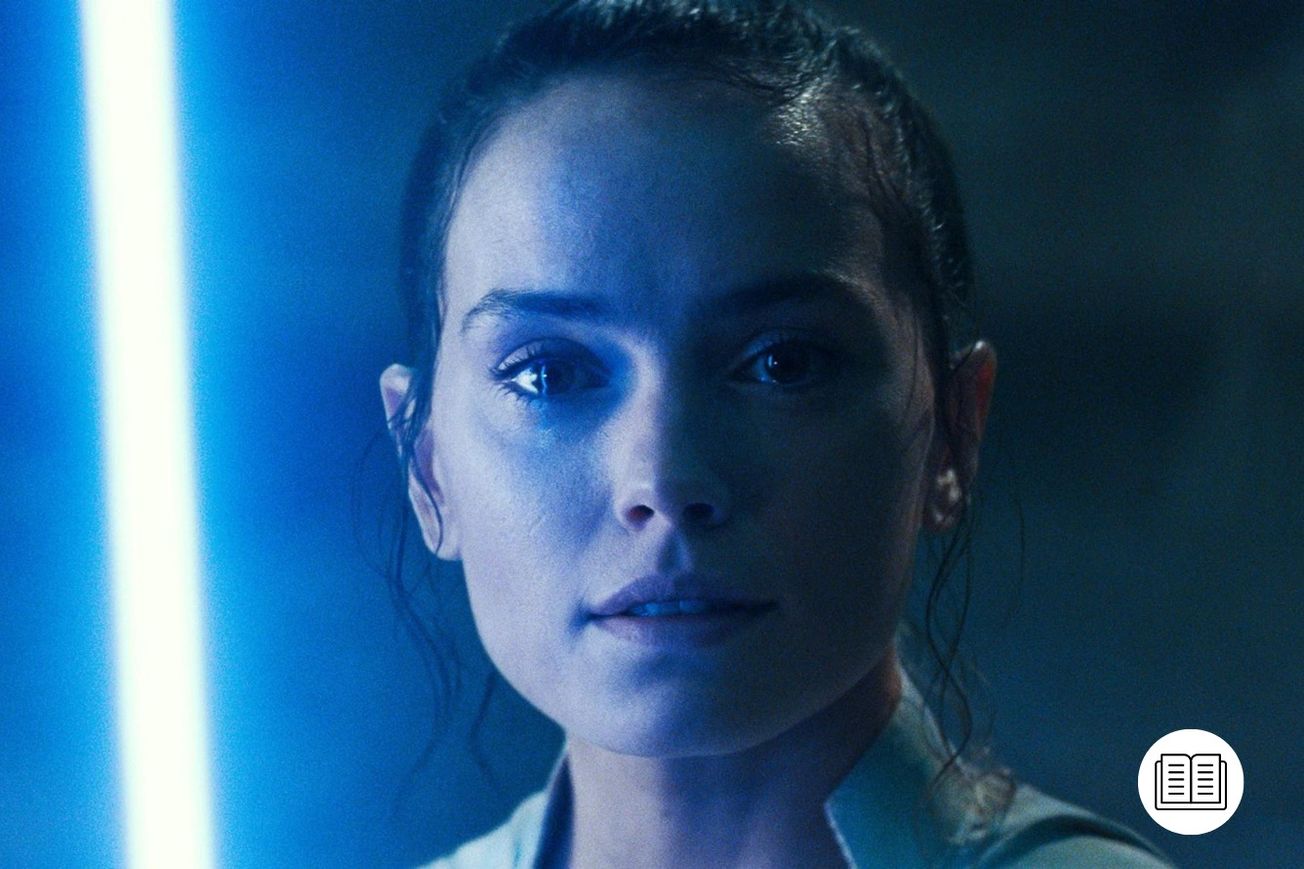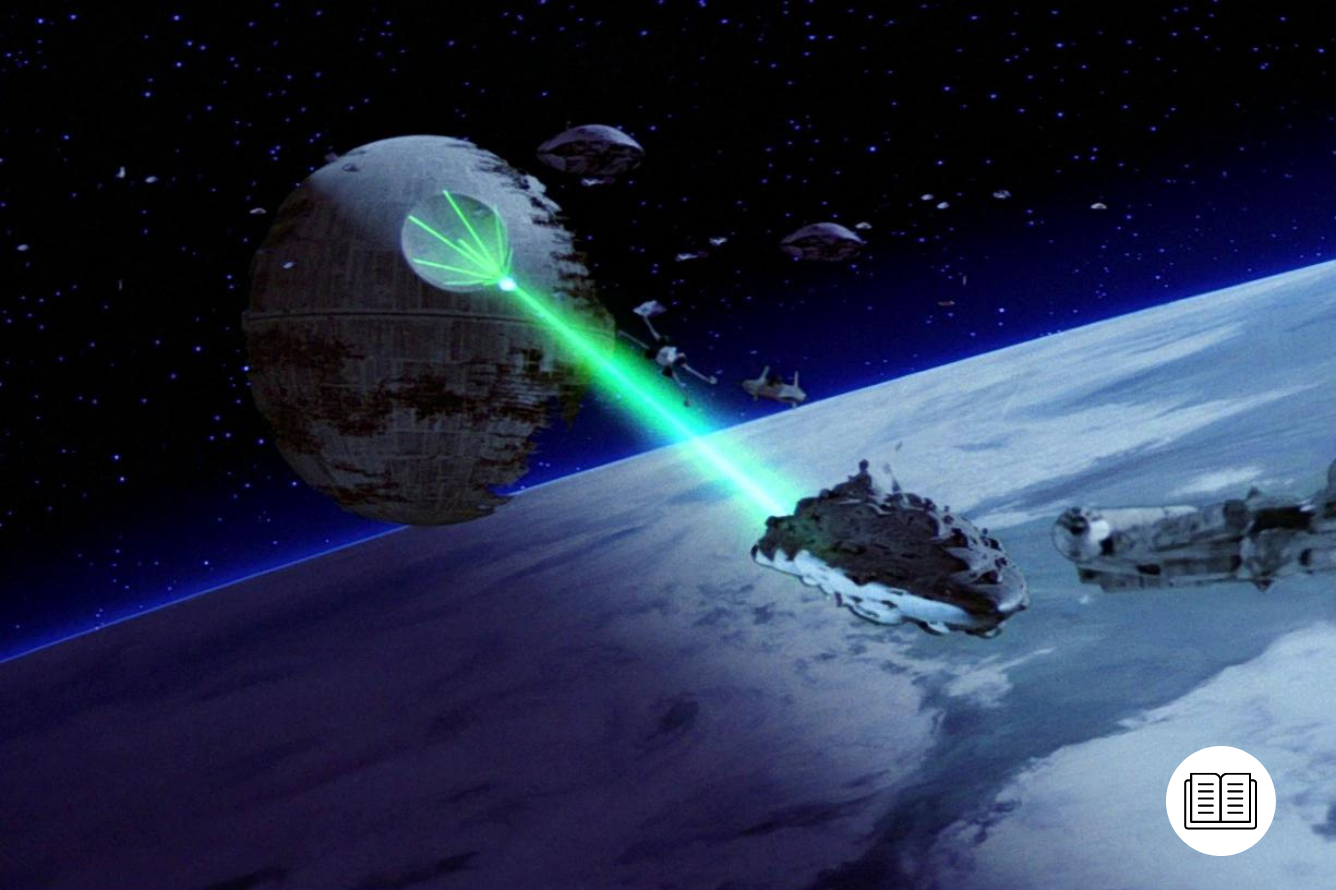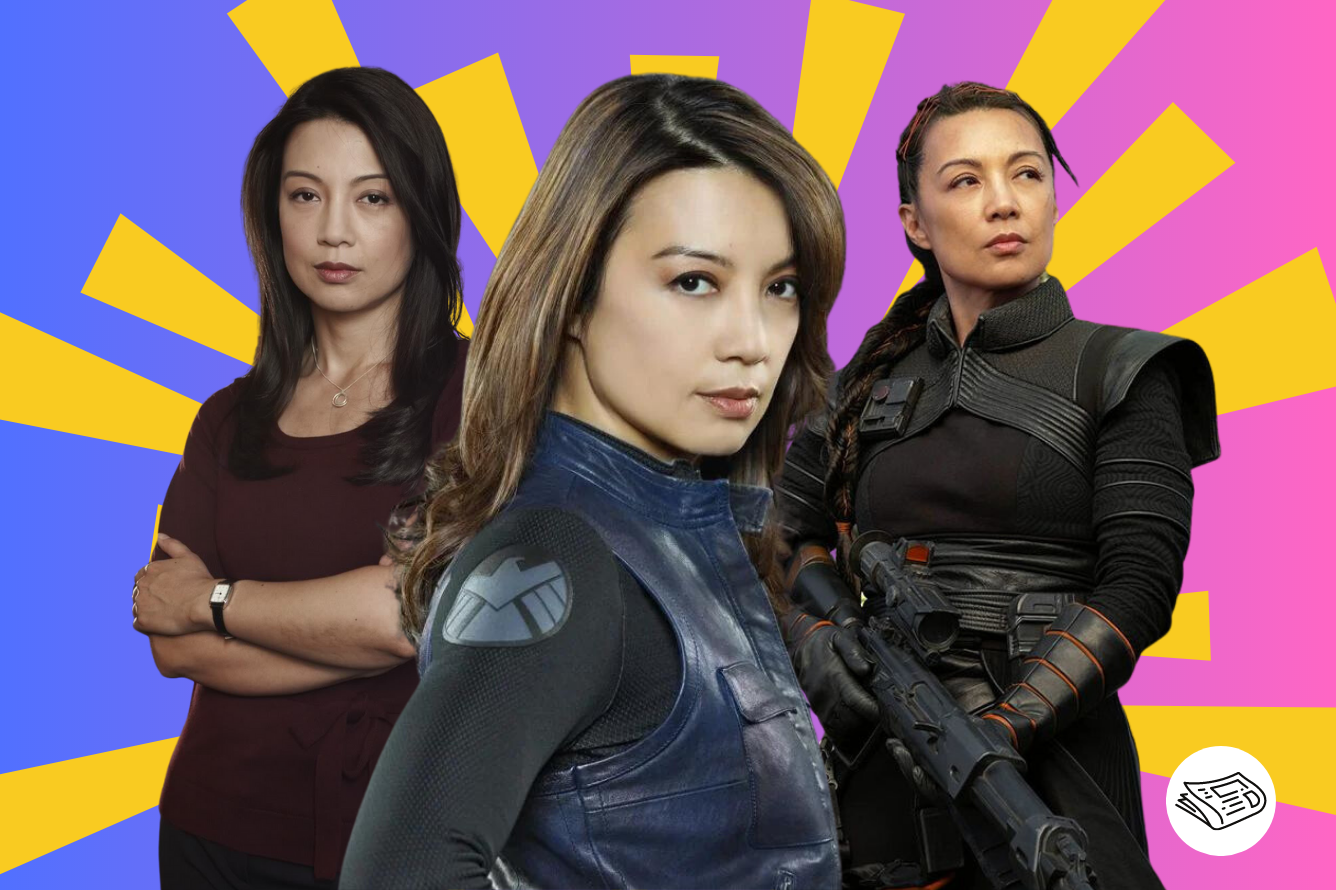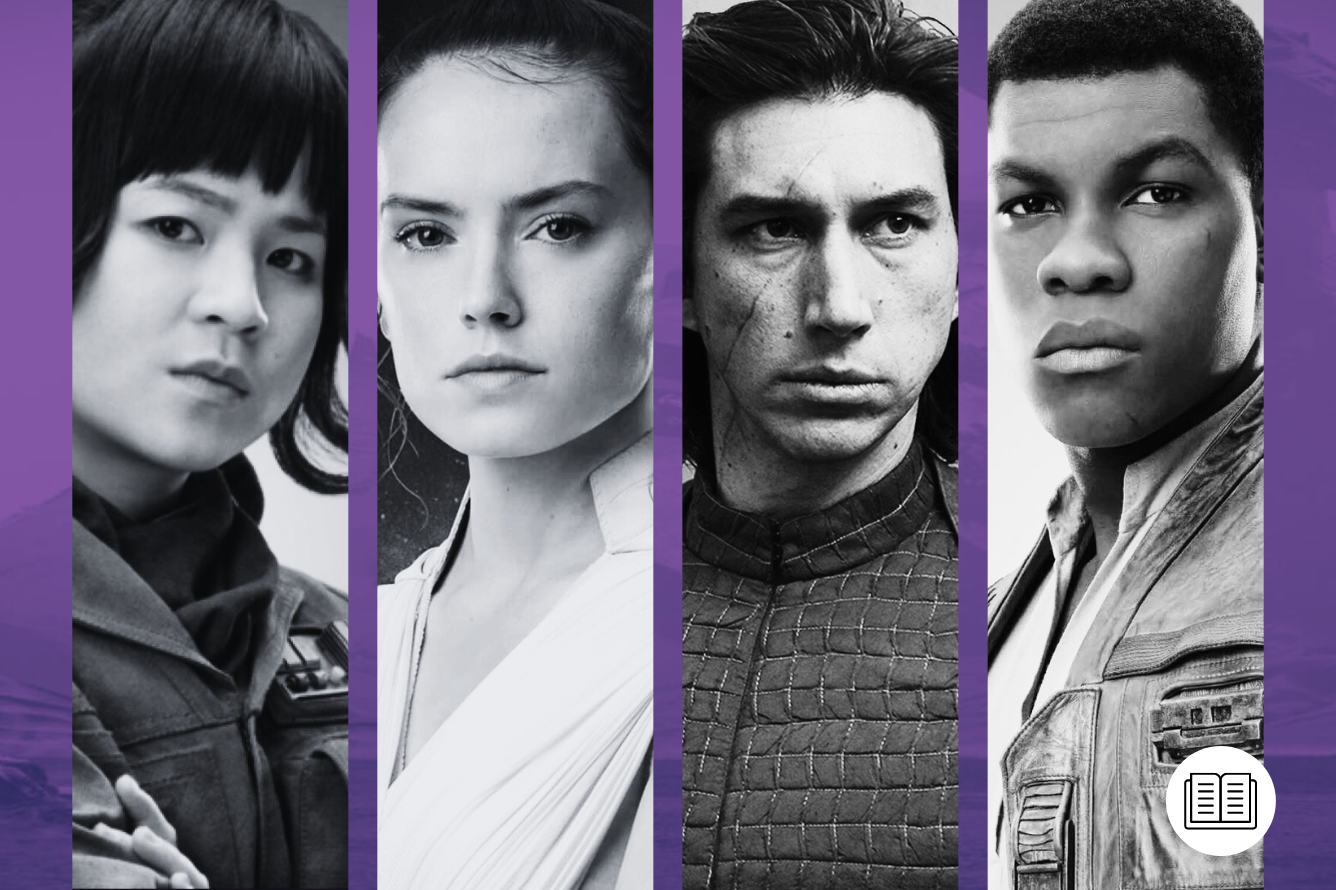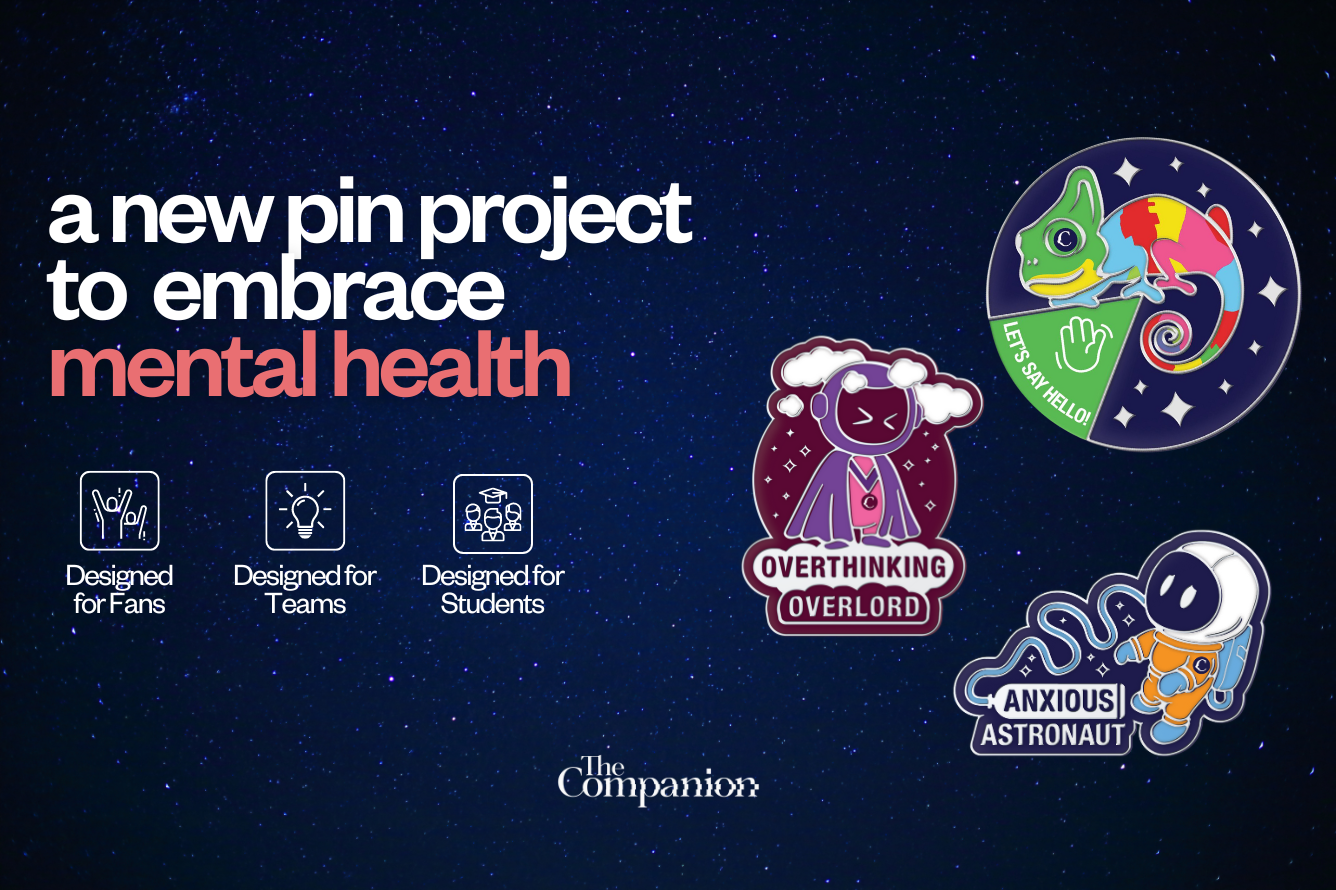One of the biggest small screen releases of 2022 has been Obi-Wan Kenobi, the Disney+ ‘midquel’ set between Star Wars: Episode III – Revenge of The Sith (2005) and Star Wars: Episode IV – A New Hope (1977). Stars Ewan McGregor and Hayden Christensen returned and went on the campaign trail promoting the new series. Normally, this kind of promotion involves telling everyone how much they will enjoy the new work, along with some on-set anecdotes. However, for this onscreen master and apprentice, it also meant a re-appraisal of films that were released over 20 years ago.
As recently as last month (weeks after the series ended) McGregor was offering his thoughts on the shifting attitude toward the Star Wars Prequels, of which he was a key part. Speaking at a GQ summit, the Scot recalled, “To begin with, all we heard really was the critical side of things… That was the only voice I remember hearing, and they were not liked.” He went on to discuss how a new generation of fans inspired him to look at the stories differently.
“I admire George [Lucas] for having tried to do something different with them,” he said. “He didn’t just set out to make another three Star Wars films that felt like the original ones. I respected him for that. I think that’s ballsy and interesting.”

Such generosity is in stark contrast to the traditional point of view. For years, the Prequels were held up as the benchmark of cinematic disappointment. The acting, plot, and some characters in the three films were roundly mocked as some of the worst creative decisions committed to celluloid, but along the way, something happened to change people’s minds. It’s a shift that current Star Wars custodians, Disney, will be hoping happens again, given the aggressive response to the recent Sequel Trilogy that has pushed them to focus on TV adventures in the short term. But what happened to soften the view of Anakin Skywalker’s fall to the Dark Side, and can it happen for this new generation?
How Hatred for the Prequel Trilogy Became a Meme
“I told people at Lucasfilm that they’re going to have to face the reality that I’m making a movie that nobody wants to see.” This was the edict Star Wars creator George Lucas gave to his collaborators ahead of the late 90s release of Star Wars: Episode I – The Phantom Menace (1999). One of the most anticipated films in modern history, cinemas would report an influx of moviegoers paying money just to watch the trailer for the new episode, with others lining up in the street to be among the first to see it. Then, everything came crashing to earth.

While the film and its sequels were financial successes, there was a clear divide between Lucas’ vision for the film and what the fanbase wanted to see. Among the well-worn criticisms were the films’ dialogue, a focus on dry subjects such as trade disputes and Midichlorians, racial stereotyping in some of the aliens’ voices, and then there’s Jar Jar Binks. Perhaps one of the most hated characters in the series to this day, the early days of the internet were particularly cruel to the clumsy Gungan. A meme was created putting Jar Jar in the role of Marvin in Pulp Fiction, while 2002 short Jar Jar’s Walking Papers seemed to sum up fan reaction.

Even mainstream media didn’t pull its punches: Edgar Wright and Simon Pegg dedicated a whole plot line in Season 2 of Spaced to their hatred of The Phantom Menace, while Saturday Night Live parodied many of the criticisms of the first film in the lead-up to Star Wars: Episode II – Attack of The Clones (2002). The second and third films were better received but drew additional criticism about new star Hayden Christensen’s acting, and some dialogue choices (Darth Vader’s pained “Noooo!” in Star Wars: Episode III – Revenge of The Sith became a target for mockery just as YouTube began to take off). In 2010 a documentary, The People Vs George Lucas, explored the complicated relationship between the fans and its creator.
As the trilogy ended, the negative reaction left an impact on many of those involved. Natalie Portman, who played Anakin’s ill-fated love Padmé, told New York Magazine in 2014: “Star Wars had come out… and everyone thought I was a horrible actress. I was in the biggest-grossing movie of the decade, and no director wanted to work with me.” Ahmed Best opened up about attempting suicide after the abuse he received for Jar Jar Binks, while Young Anakin actor Jake Lloyd quit acting due to years of bullying during his school years. For a long time, it felt as though the Prequels were more likely to be deleted from the Star Wars canon rather than continued, but then something changed.
The Prequel Trilogy Kids Come of Age
It’s hard to pinpoint exactly when opinions toward the prequel films changed, but a reliable artifact seems to lie in the February 2012 3D re-release of The Phantom Menace. Its box office haul of $102 million was a surprise, earning more than the re-release of The Empire Strikes Back made in 1997 even when accounting for inflation. Subsequent 3D conversions were shelved when Disney bought Lucasfilm in May of that year, but this metric combined with the arrival of Facebook fan pages and the popularity of Prequel internet memes seemed to suggest a growing number of people who were fond of them becoming more vocal around the early 2010s.
Perhaps it was because every conceivable angle of Prequel criticism had been exhausted. The People Vs George Lucas and YouTube dissections such as Red Letter Media’s 70-minute Phantom Menace review looked at the flaws in minute detail, but these tended to be from people who grew up on the Original Trilogy, either in cinemas or on video. By 2012, it appears that those who had grown up watching the Prequels had come of age – the eight-year-olds who saw themselves in the driver’s seat of a pod racer in 1999 were now in their early 20s and beginning to embrace the things they loved growing up.
As with all nostalgia, it didn’t immediately make films good, but it was easier to pick up the things they liked about the movies and ignore the bad. Just as the children of the ’70s could turn a blind eye to The Star Wars Holiday Special or the tweeness of the Ewoks, so too could Millennials hatch tongue-in-cheek theories about Jar Jar being a Sith Lord, or laugh at Anakin’s infamous line about the coarseness of sand. They also had the success of the animated Clone Wars shows which, for some, made the story broader than simply the cinematic episodes and introduced characters that had become fan favorites.

For a generation of fans, the Prequel Trilogy was part of their childhood, and that connection bred a fondness that made them inclined to look at the positives. This reaction has been echoed by McGregor himself, who commented that this new wave of Star Wars lovers changed his relationship with the Prequels. “I think [it] has changed for me as I’ve met more people in that generation,” he said in the same GQ talk. “I was left with [the backlash] for years and years, and it took [until I started] meeting people, and I realized how important our films have been to them.” When one considers that, as recently as 2016, he remarked in interviews that he wasn’t particularly attached to them (“I was very happy to be in them, but that’s where it ends for me,” he told Magic radio), it appears some of that indifference has changed.
Even Best, who would be well within his rights to leave the franchise behind, credited fan reaction at Star Wars Celebration as what led him to return as the first solo black lead for a Star Wars property in Disney+’s Jedi Temple Challenge. Overall critical opinions may not have changed, but time has proved there is an audience for the Prequel Trilogy, and that may be good news for the generation that came next.
The Sequel Trilogy Comes Under Fire
Around the time of this change in attitude with the Prequels, Disney were preparing to take Star Wars into a new galaxy with the Sequel Trilogy. 2015’s Star Wars: Episode VII – The Force Awakens was a smash hit, bringing back the Original Trilogy characters in what is best described as a Legacy Sequel, reworking a lot of plot points from A New Hope and passing the lightsaber to a younger cast led by Daisy Ridley’s Rey. Those who truly didn’t want to stray from the original timeline were also catered for with Rogue One: A Star Wars Story (2016), the first of several planned anthology spin-offs designed to plug the gap between main episodes. Gareth Edwards’ film gave us a resurrected Peter Cushing as Grand Moff Tarkin, and a breath-taking finale restoring the savagery of Darth Vader. With over $3 billion in combined box office, it appeared as though Star Wars was back.

However, trouble soon emerged in this new rebellion. Rian Johnson’s Star Wars: The Last Jedi proved to be one of the most divisive entries in the entire saga when it arrived in late 2017. There were differences in opinion regarding the characterization of Mark Hamill’s Luke as disillusioned, as well as revelations about Rey’s past, and many other twists that had in a different direction than anticipated. Some enjoyed the bold direction of Johnson’s film, but a very vocal section of fans did not. It remains a great topic of contention among fans, but aside from genuine differences in opinion, there was a subsection that would make the issue personal.
One of the bigger issues around The Last Jedi was the dislike of Rose Tico, played by Kelly Marie Tran. The character, and in particular a scene talking about wealth disparity, was criticized for its political nature, with the actress receiving abhorrent racist abuse that caused her to leave social media and discuss her trauma publicly. “It wasn’t their words, it’s that I started to believe them,” she wrote in New York Magazine. “Their words seemed to confirm what growing up as a woman and a person of color already taught me: that I belonged in margins and spaces, valid only as a minor character in their lives and stories.”
Combined with John Boyega’s reports of abuse received throughout his time in the franchise, a vocal minority had made the vast, diverse world of Star Wars a very narrow place with a toxic reputation. The muted response to 2019’s Star Wars: The Rise of Skywalker, which ignored several plot points of The Last Jedi but replaced them with implausible twists, seemed to put a temporary halt on big-screen adventures as Disney focused on live-action TV shows that expanded on beloved moments in the saga (the financial failure of 2018 spin-off Solo: A Star Wars Story didn’t help matters).

The details may be different, but the journeys mirror each other: two trilogies living in the shadow of nostalgia, that are punished for trying something new by a fanbase that guards their legacy with ferocity. Ahmed Best could well have nodded in recognition when reading about Tran’s suffering, while Johnson perhaps struck a similar figure to Lucas, both confused by fans who hated them for not rehashing the past. But if they share the same lows, could the Sequel Trilogy also be headed for those same highs?
Did People Really Hate The Last Jedi?
To those familiar with the messy state of the franchise right now, it is as hard to think of this trilogy being beloved as it would have been for the Prequels years ago. However, what if the general consensus that the trilogy was a disaster is overstated? Scott Mendelson, a box office analyst for Forbes, wrote in the lead-up to The Rise of Skywalker that he believed the backlash to The Last Jedi was overstated.
“There are plenty of folks who didn’t like The Last Jedi for subjectively valid artistic reasons,” he says. “However, absent the online heckling (and vote-bombing that took place on the film’s opening weekend via the Rotten Tomatoes user review score) that became an irresistible SEO-driven story in 2017/2018, there would be little doubt that The Last Jedi was a successful sequel to a successful predecessor.”
Indeed, the eighth episode remains the second highest-grossing Star Wars film ever ($1.3bn), with the drop off from the $2.1bn made by The Force Awakens being in line with most second movies in a trilogy. Combined with strong home video sales and strong reviews (it remains at 91 percent on Rotten Tomatoes), surely it would be fair to say that there are just as many people that enjoyed the movie as didn’t. Mendelson continues:
“The fear… is that Disney listened to the vocal minority and either mistook them for the majority or decided to wink-wink at them knowing that the dedicated fans would still show up and that general audience (the ones who saw The Last Jedi once and either loved it or thought it was ‘fine, I guess’) are barely paying attention to this stuff. Neither is an appealing prospect, as it’s the kind of ‘loudest hecklers set the narrative’ issue that impedes much political progress even in saner political times. Moreover, if everyone else is accounted for, then it can be argued that these loud and angry folks or nostalgic fans are the moviegoing equivalent of ‘swing voters’ and must be explicitly or implicitly placated.”

Now, separate from the abusers, there are people who simply don’t like the Sequels, in the same way, that there are still people who abhor the Prequels. The point is that the numbers suggest that so many people went to see these films, it would be foolish to suggest that everyone, even a majority, outright hated them. Where that turning point could come is speculation, but there are many reasons why the tide might change. Of course, the same generational shift as the Prequels could occur, where 2015’s pre-teens come of age toward the end of this decade. Then, there’s the representation that could inspire future generations. Children from different backgrounds, who weren’t used to seeing someone like them as a hero, could grow up to hold Rey, Finn, or Rose Tico in the same way previous generations adored Obi-Wan or Han Solo.
TikTok, the ultimate arbiter of youth popularity, shows that Rey cosplay videos have garnered over 126 million views, with Kylo Ren cosplay videos generating even more (165 million). It could be that these characters and stories are already popular, but rage is easier to measure on social media than joy.
Change Happens More Than We Think
This might seem like arguing for lightning striking twice, but in fact, there are many beloved films that were by no means popular at the time of their release. The very backbone of cinema is made up of films that were not liked until they were discovered by later generations. It’s a Wonderful Life (1946) was deemed too dark for post-War audiences, and dismissed by critics; Hocus Pocus (1993) was a box office flop and branded “dreadful” by some critics, and Labyrinth (1986) was deemed a disaster for Jim Henson. Yet, all three were discovered by later generations who embraced them warts and all, making them more enduring than their critically revered peers. Even this year, Michael Keaton coming back to the role of Batman in The Flash seems to ignore that his last effort, 1992’s Batman Returns, was seen as a disappointment that sparked national outrage from concerned parents.
Culture is always evolving, and what matters to one generation of fans may be different to another. In fact, it’s almost a certainty. Maybe Rey’s connection to Emperor Palpatine, Snoke’s apparent irrelevance, or lines like “They fly now!” will never be retrospectively redeemed and viewed with a wince by even the most ardent of apologists. But time and nostalgia have a way of taking the pressure off of viewing pop culture. It’s impossible for the sequels to have “ruined your childhood” if they were your childhood, and looking at these films in a more favorable light may lead to the discovery of things that really worked better than we thought.
Just as McGregor’s swashbuckling Obi-Wan grew in the hearts of fans over the years, perhaps a Finn and Po Dameron buddy movie or Rey origin story is just a change of mindset away.
This article was first published on August 30th, 2022, on the original Companion website.
The cost of your membership has allowed us to mentor new writers and allowed us to reflect the diversity of voices within fandom. None of this is possible without you. Thank you. 🙂


